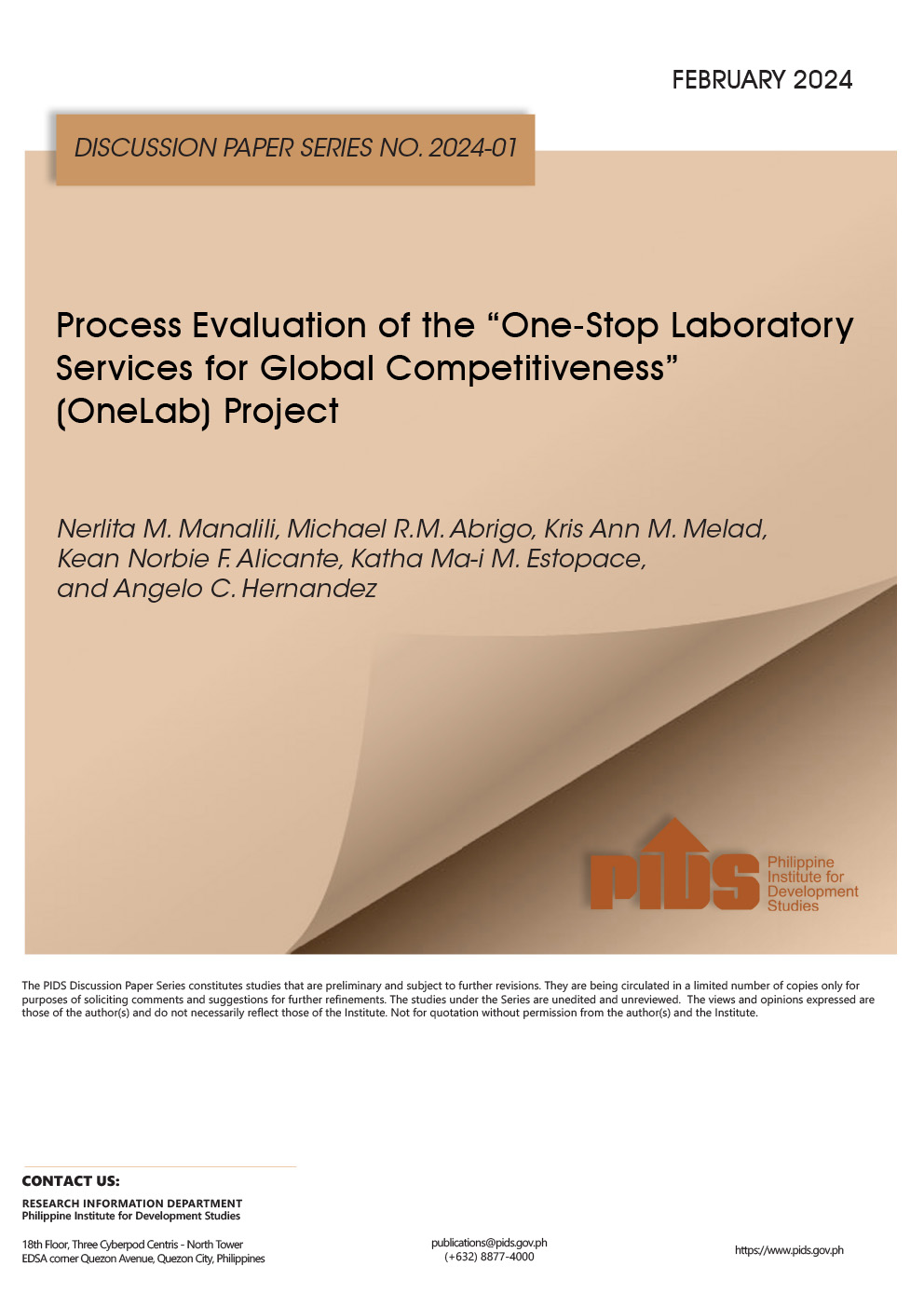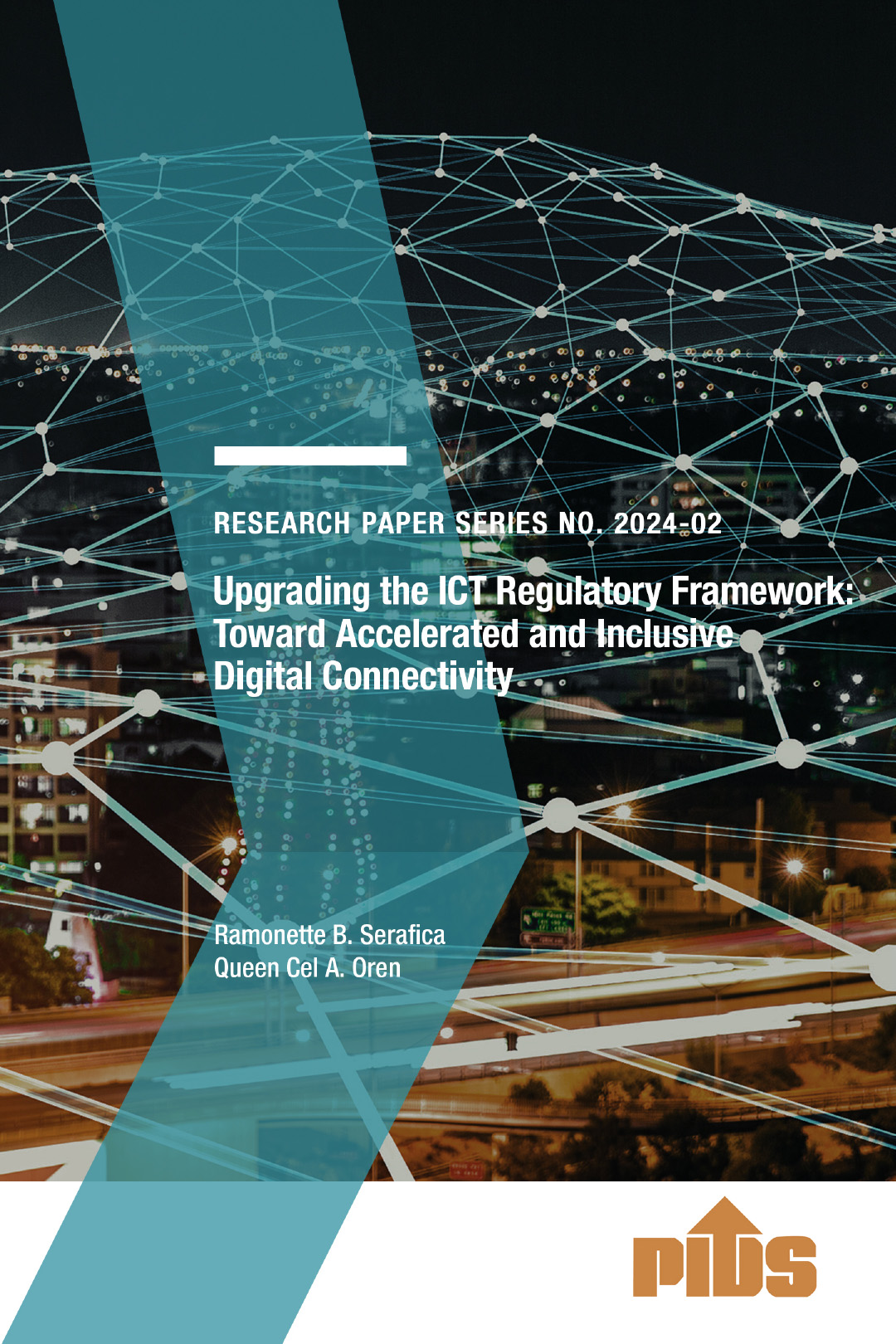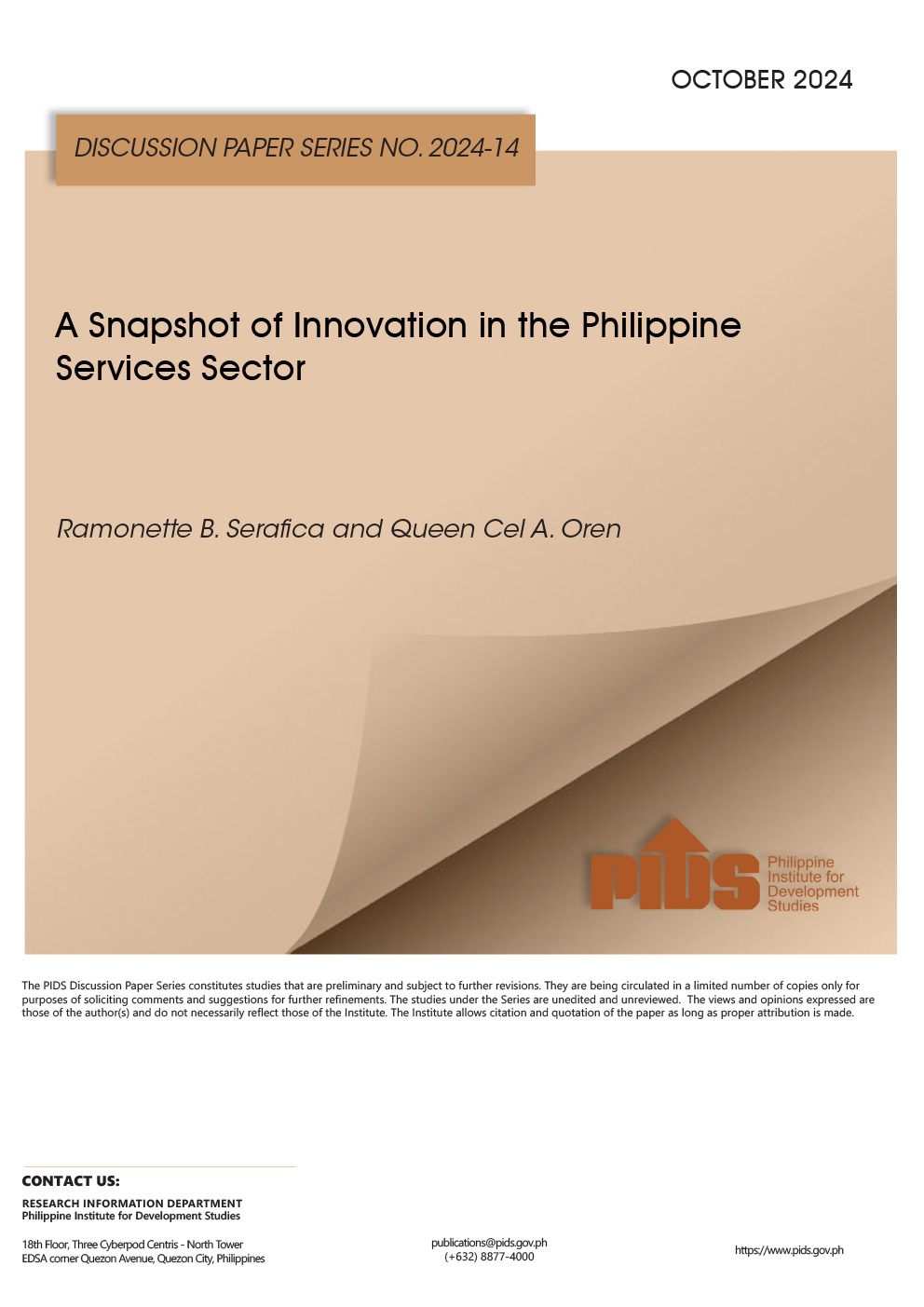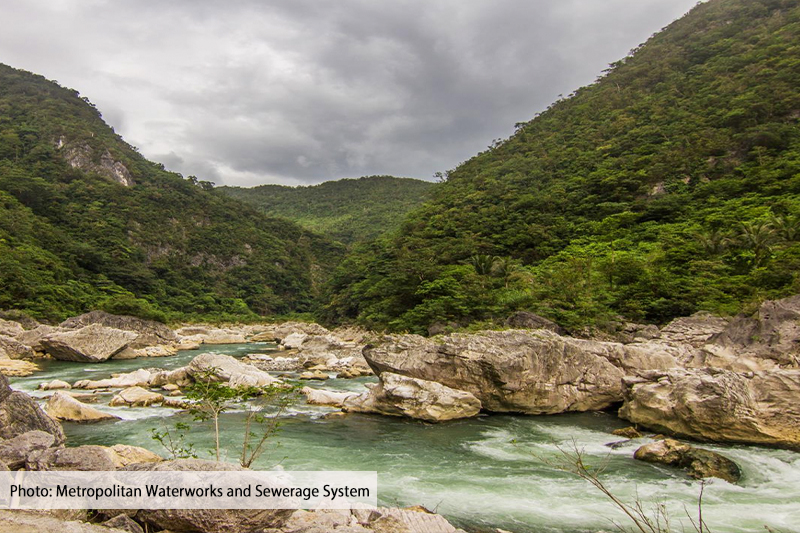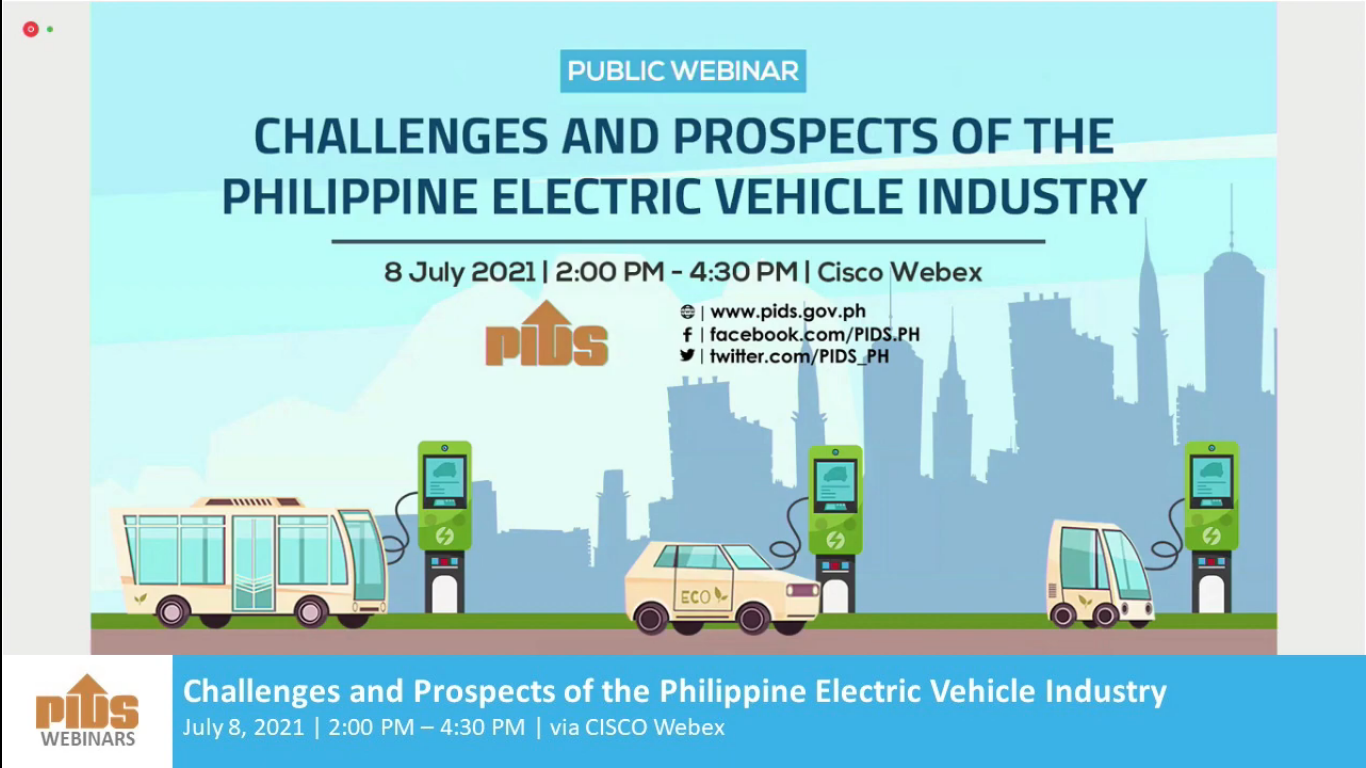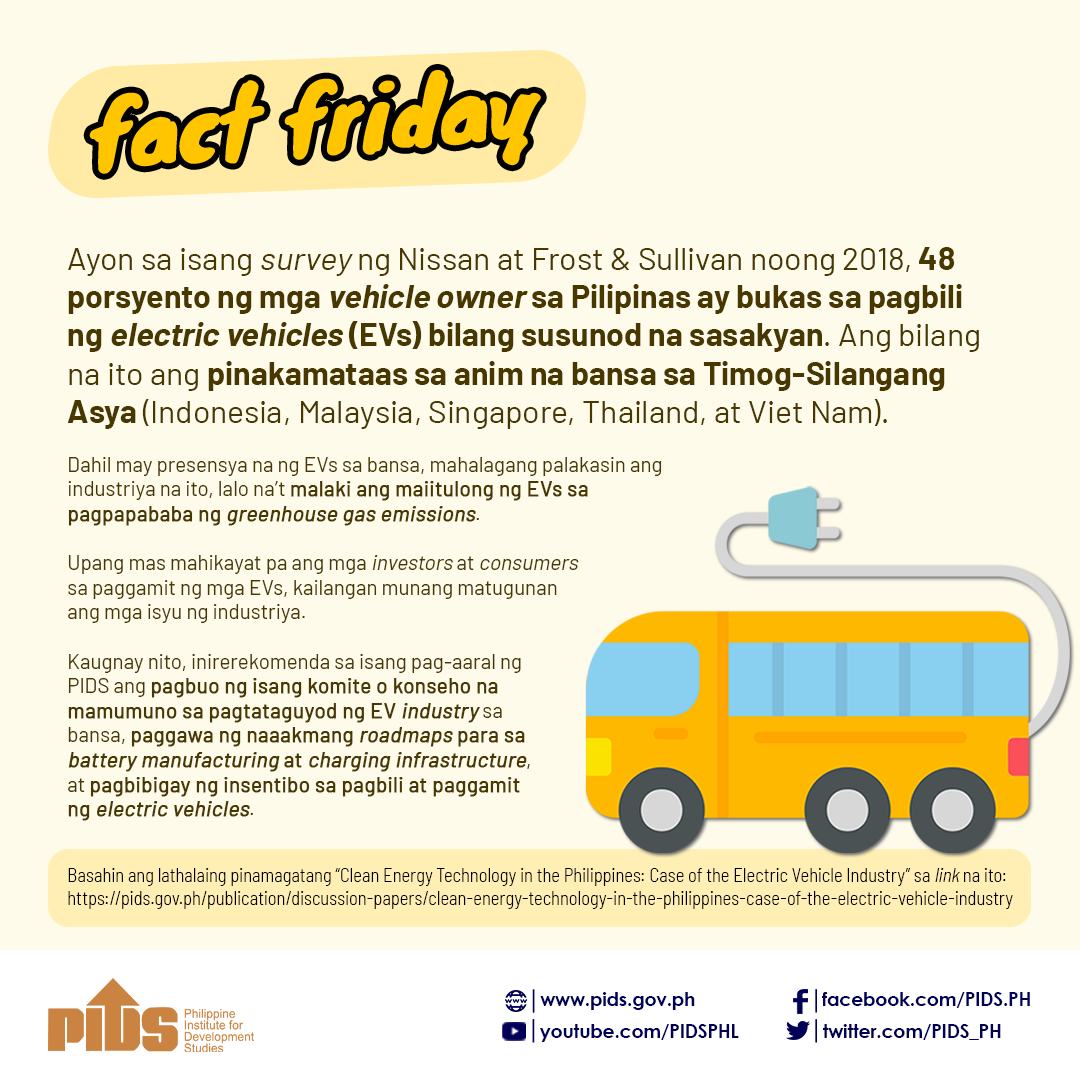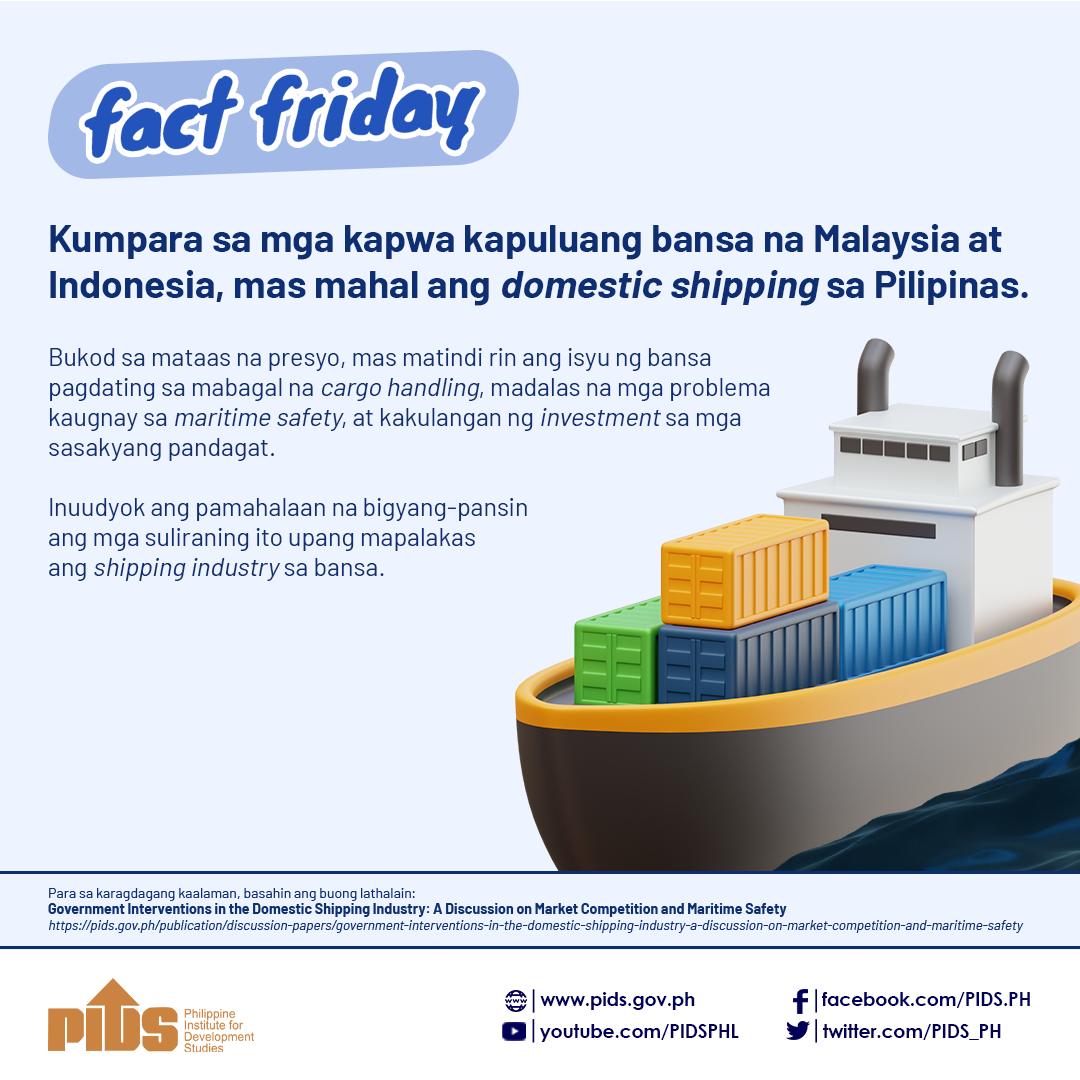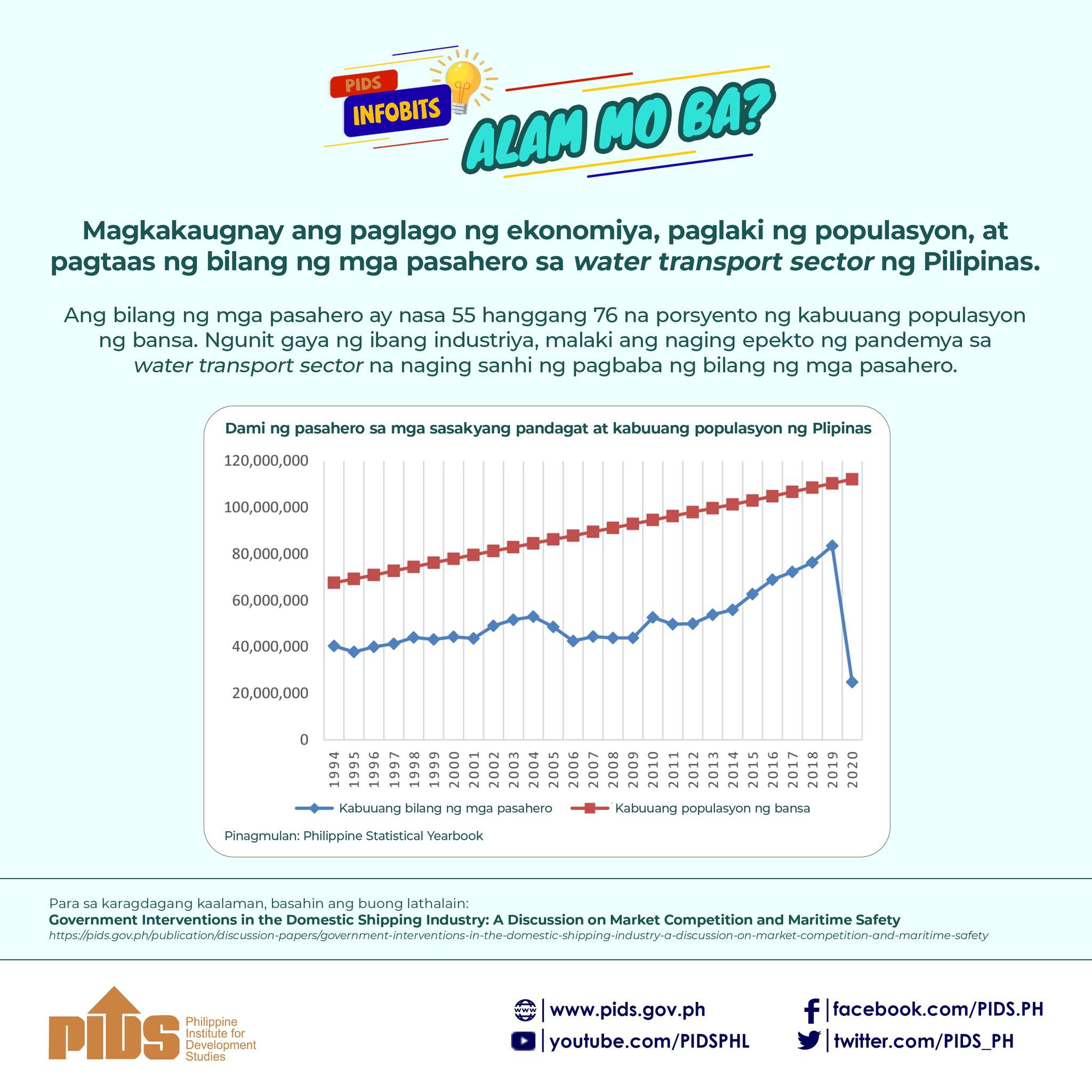The growing market demand for electric vehicles (EVs) globally and locally is seen to benefit the Philippines. However, without developing a local EV industry, the country will not be able to harness its opportunities.
This was emphasized by Department of Trade and Industry (DTI) undersecretary for competitiveness and innovation group Rafaelita Aldaba during a webinar on “Challenges and Prospects of the Philippine Electric Vehicle Industry” recently organized by state think tank Philippine Institute for Development Studies (PIDS).
“We’ve seen a growing market demand [for EVs], but then, we won’t be able to take advantage of this since we don’t have an industry. If that’s the case, we just would have to rely continuously on imports. So, again, that’s an opportunity we’re going to miss if we’re not going to develop our own industry,” Aldaba noted.
Currently, the Philippine automotive industry depends heavily on imports. Data showed that from a 49-percent share of imported vehicles to total market sales in 2008, it steadily climbed to 70 percent in 2020. On a positive note, the Philippines has been active in manufacturing parts and components, particularly in electric components, wiring, electrical, electronics, and chassis systems.
As the country transitions to EV adoption, Aldaba said the government is now focusing on “establishing regulations and standards, ensuring fiscal and nonfiscal support to both consumers and manufacturers, human resource development, along with [research and development], and information, education, and communication”.
She also presented the four key priorities of the government in terms of EV industry development: electric vehicle assembly; automotive electronics and other parts manufacturing; EV battery charging, energy storage systems, and recycling; and engineering service outsourcing.
Based on internal projections, Aldaba said that by 2030, there would be 6.6 million EVs on local roads, half of which are targeted to be manufactured locally. These would include around 72,000 public utility vehicles (PUVs), 12,000 buses, 70,000 trucks, 70,000 UVs other than PUVs, 2.7 million two-wheelers, and 300,000 three-wheelers.
The increase, she said, will be driven by “reduced battery prices as well as planned incentives”. There are over 12,000 EVs registered with the Land Transportation Office from 2010 to 2020, the majority of which are e-tricycles.
Aldaba added that the government is positioning the country as a manufacturing hub for EVs and EV parts globally and in the Southeast Asian region. In particular, she said the Philippines could take advantage of manufacturing lithium-ion batteries by utilizing nickel and cobalt as cathode materials, which are “very abundant in the country”.
Moreover, she noted that with the country’s existing free trade agreements (FTAs), it can “market these batteries and battery parts to [its] FTA partners such as Japan, Australia, New Zealand, China, and Europe”.
In her closing statement, the DTI official urged stakeholders to work closely and collaborate as the country builds an ecosystem that will promote the EV industry.
“We [should] take into account that the future car is going to be autonomous, electric, connected, and shared. Hence, the need to focus on the role that the Philippines could play in building autonomous vehicles and smart cities, e-commerce, ride-hailing applications, as well as the shift to safer and smarter public transportation, and the growing popularity of micromobility,” Aldaba explained.

